Thinking about this for a while, the answer is you need to translate you radial data into Cartesian space:
import copy
# fake....err, simulated... data
# elevation
X, Y = np.meshgrid(np.linspace(-50, 50, 1024), np.linspace(-50, 50, 1024))
elv = np.sin(np.pi * X / 50) * np.cos(2*np.pi * Y / 50)
# radar
R, theta = np.meshgrid(np.linspace(0, 35, 512), np.linspace(0, 2*np.pi, 512))
rad = np.sin(3*theta) ** 2 * np.cos(R / 10) ** 2
Rt_x = R * np.sin(theta) # turn radial grid points into (x, y)
Rt_y = R * np.cos(theta)
fig, ax = plt.subplots(1, 1)
ax.set_aspect('equal')
# plot contour
ax.contour(X, Y, elv, cmap='gray')
# tweak color map so values below a threshold are transparent
my_cmap = copy.copy(cm.get_cmap('jet'))
my_cmap.set_under(alpha=0)
# plot the radar data
ax.pcolormesh(Rt_x, Rt_y, rad, zorder=5, edgecolor='face', cmap=my_cmap, vmin=.5, shading='flat')



